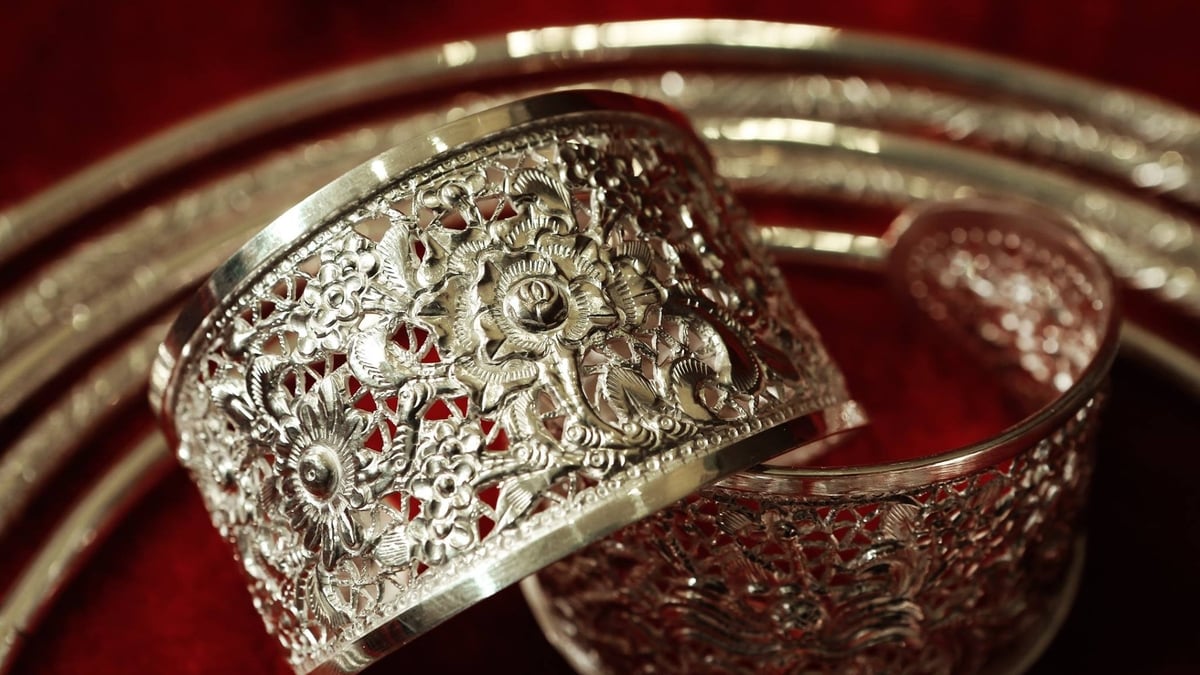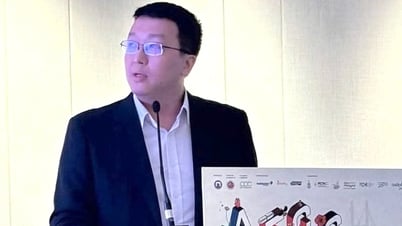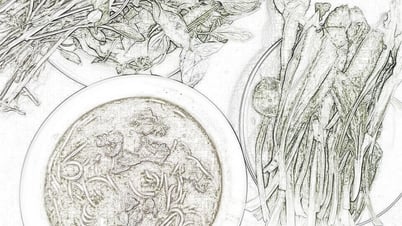(NLDO) - A new study from the UK shows that the ancient human species Neanderthals may have become extinct, but have not completely disappeared from the planet.
A team led by statistical geneticist Kaustubh Adhikari from University College London (UCL) studied the genetic regions that influence tooth size and shape in humans and found a surprising legacy from another human species.
According to Science Alert, the study has helped identify 18 gene regions in our DNA that affect tooth size and shape, of which 17 regions were previously unknown to be related to teeth.

Unlike other races, many Europeans possess a trait inherited from ancient humans Neanderthals on their teeth - Illustration AI: Thu Anh
Among them, one of the variants is in a gene called HS3ST3A1 that does not belong to Homo sapiens, also known as modern humans, our species.
It is clearly an alien genetic element that our ancestors acquired through intermarriage.
In a study of nearly 900 Colombians, with blood from several continents, the variant was found only in volunteers from Europe.
It makes their front teeth thinner than those from other continents.
Further analysis led scientists to believe that it was a trait inherited from Neanderthals, a species of the same genus Homo as us that became extinct more than 30,000 years ago.
Along with Denisovans, this ancient human species is proven by many studies to have lived with our ancestors for many periods before becoming extinct and leaving a bloodline in our species, which is preserved to this day.
In addition to discovering the HS3ST3A1 connection, the researchers also discovered that a gene associated with tooth shape in East Asians called EDAR, a gene called PITX2 can influence tooth and facial shape, and many other interesting findings.
According to a paper published in the scientific journal Current Biology , modern humans have significantly smaller teeth than many of our ancestors and distant relatives.
This research tells us more about how our teeth have evolved over millennia and how both genetic factors and environmental pressures may have played a role.
According to geneticist Qing Li from Fudan University (China), co-author, these findings also bring many potential benefits to medicine.
For example, these results could form the basis for genetic tests to aid in the diagnosis of complex dental problems, paving the way for gene therapies to treat severe dental abnormalities...
Source: https://nld.com.vn/dac-diem-thu-vi-cho-thay-ban-co-the-mang-dna-loai-nguoi-khac-196250105085306045.htm
























![[Photo] National Assembly Chairman attends the seminar "Building and operating an international financial center and recommendations for Vietnam"](https://vphoto.vietnam.vn/thumb/1200x675/vietnam/resource/IMAGE/2025/7/28/76393436936e457db31ec84433289f72)












































































Comment (0)